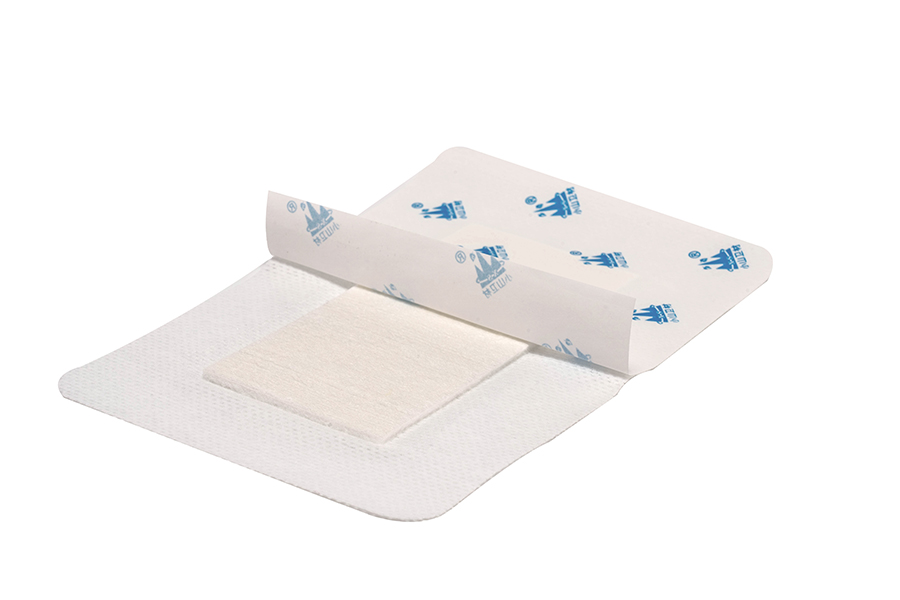Chitosan wound dressings stimulate several specific biochemical processes that promote healing in both chronic and acute wounds, though the context and mechanisms may vary slightly based on the wound type. Here are the key processes involved:
Cell Proliferation and Migration:
Fibroblasts and Keratinocytes: Chitosan enhances the proliferation and migration of fibroblasts and keratinocytes. This is crucial for both types of wounds, facilitating re-epithelialization and wound closure.
Collagen Synthesis:
Chitosan promotes collagen production, which is vital for forming the extracellular matrix (ECM). Increased collagen deposition aids in structural support during the healing process, benefiting both acute and chronic wounds.
Modulation of Inflammatory Response:
Chitosan possesses anti-inflammatory properties, helping to reduce the levels of pro-inflammatory cytokines. This is particularly important in chronic wounds, where persistent inflammation can impede healing. In acute wounds, it helps regulate the normal inflammatory response.
Angiogenesis:
Chitosan stimulates angiogenesis, promoting the formation of new blood vessels. This is essential for supplying oxygen and nutrients to healing tissues, particularly beneficial in chronic wounds that often suffer from inadequate blood supply.
Antimicrobial Activity:
The antimicrobial properties of chitosan help reduce bacterial colonization in wounds, lowering the risk of infection. This is especially critical for chronic wounds, which are more susceptible to infections that can stall healing.

Moisture Retention:
Chitosan helps maintain a moist wound environment, which is crucial for facilitating cellular activities. A moist environment prevents scab formation, allowing for more effective cell migration and quicker healing.
Promotion of Granulation Tissue Formation:
Chitosan encourages the development of granulation tissue, which is essential for filling in wounds and providing a scaffold for new tissue growth.
Cytokine Release:
Chitosan can influence the release of growth factors and cytokines involved in healing, such as vascular endothelial growth factor (VEGF) and transforming growth factor-beta (TGF-β), which are important for cell proliferation and tissue remodeling.
Differences in Healing Mechanisms:
Acute Wounds: Healing processes are typically rapid and follow a defined sequence (hemostasis, inflammation, proliferation, and remodeling). Chitosan enhances cell migration and collagen synthesis, promoting quick closure.
Chronic Wounds: Healing is often impaired due to prolonged inflammation, poor angiogenesis, or infection. Chitosan's anti-inflammatory and antimicrobial properties, along with its ability to promote granulation tissue, address barriers to healing in chronic wounds.

 English
English 中文简体
中文简体








